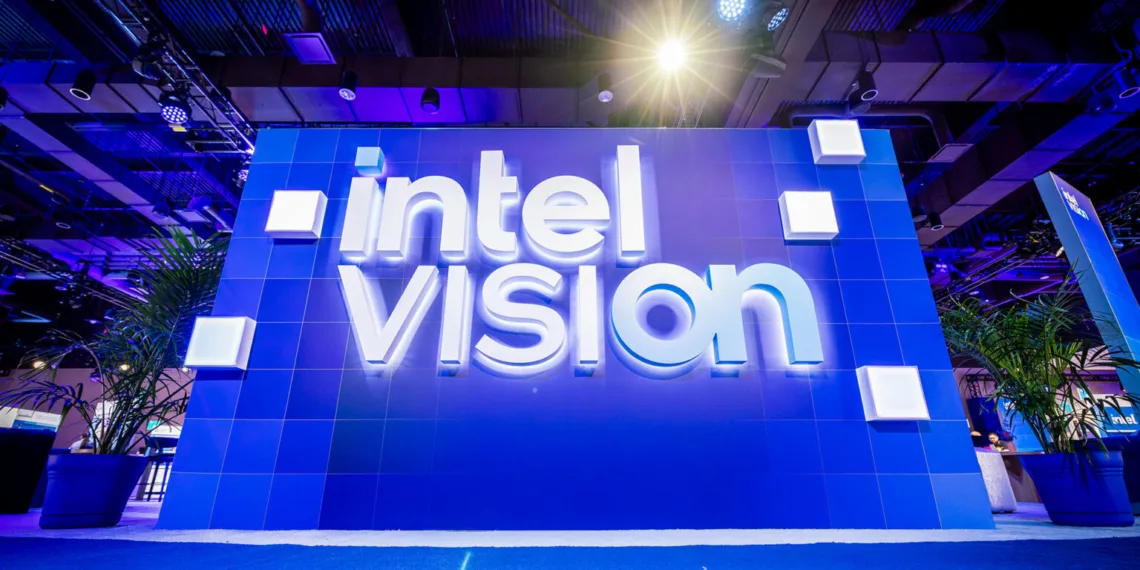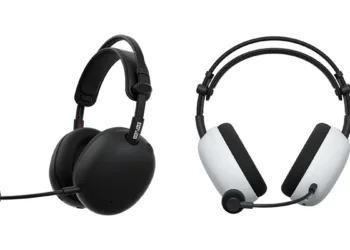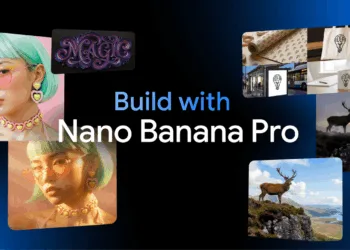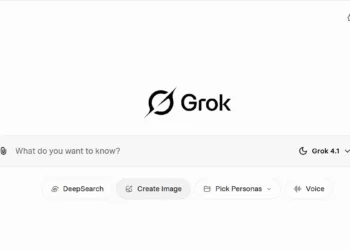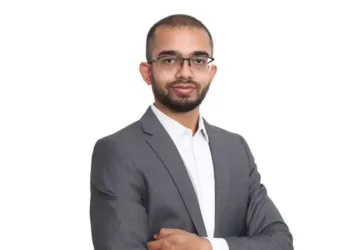Intel’s New Era: The air crackled with anticipation as hundreds of partners and customers filled the conference hall in Las Vegas. On March 31, 2025, they witnessed a pivotal moment in Intel’s history – the first public address by new CEO Lip-Bu Tan at Intel Vision 2025. As Tan took the stage, the audience leaned forward, eager to hear how this industry veteran planned to steer the tech giant into a new era of innovation and growth.
Table of Contents
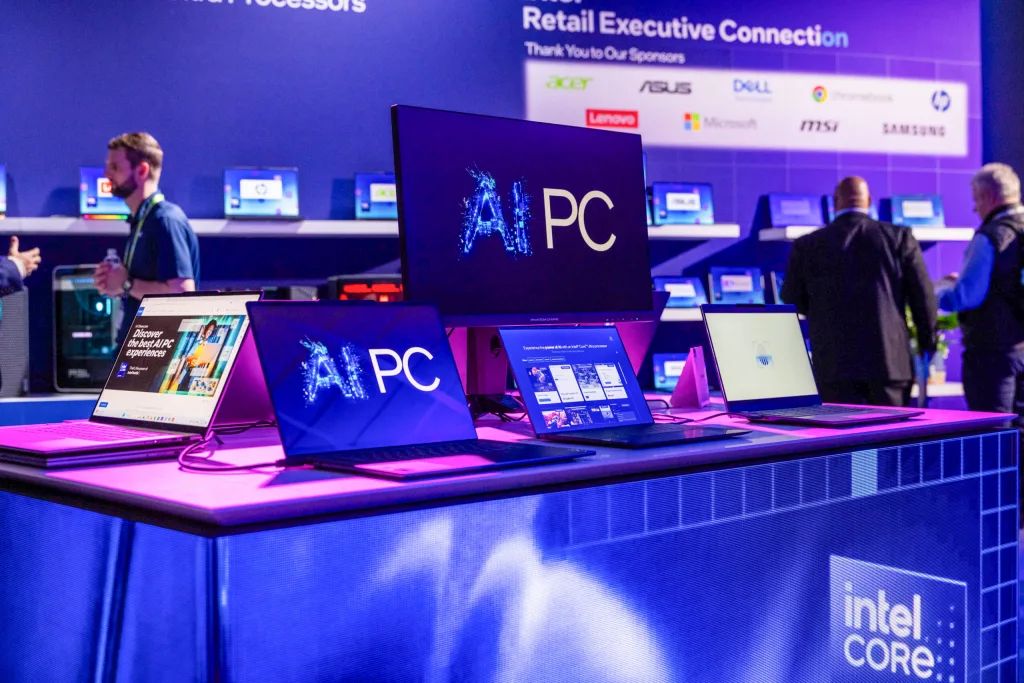
A Fresh Perspective at the Helm
Lip-Bu Tan isn’t your typical tech CEO. With decades of experience in semiconductor investment and leadership roles across the industry, he brings a unique blend of technical expertise and business acumen to Intel. His appointment signaled a shift in Intel’s strategy, and his keynote at Intel Vision 2025 didn’t disappoint.
“As CEO, my number one priority has been spending time with customers,” Tan declared, his voice carrying a mix of determination and warmth. “Under my leadership, Intel will be an engineering-focused company. We will listen closely and act on your input. Most importantly, we will create products that solve your problems and drive your success.”
These weren’t just empty words. Tan’s vision for Intel centers on three key pillars that promise to reshape the company’s approach to technology and partnerships.
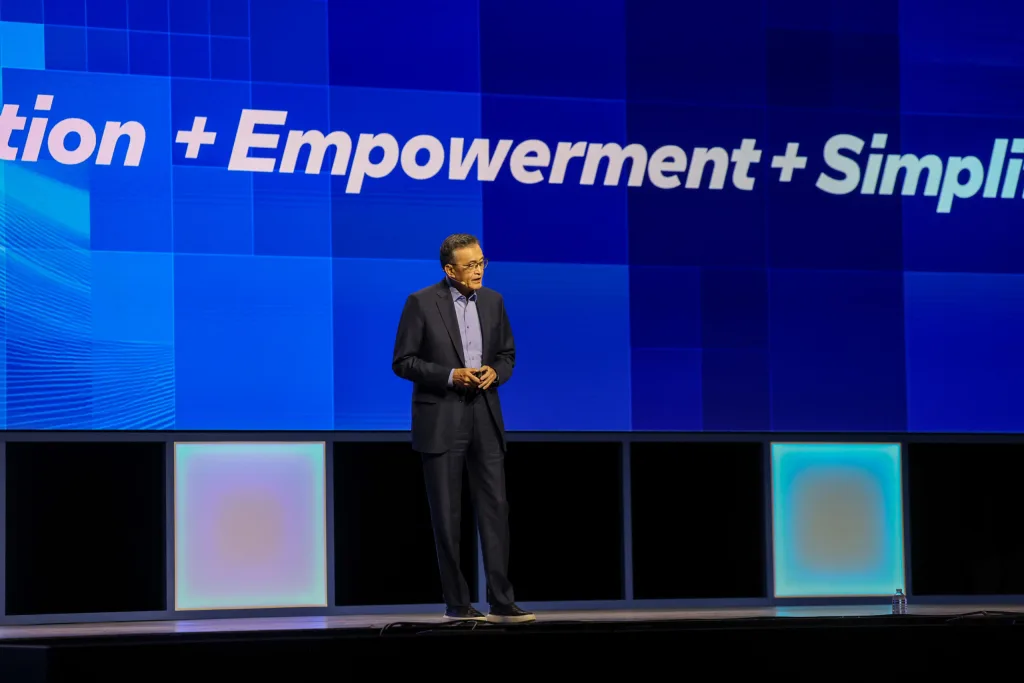
1. Customer-Centricity: More Than Just a Buzzword
For Tan, putting customers first isn’t a marketing slogan – it’s a fundamental shift in how Intel operates. He outlined plans to:
- Establish regular, in-depth customer feedback sessions with Intel’s leadership team
- Create cross-functional “customer success” teams dedicated to understanding and addressing specific industry needs
- Implement a rapid prototyping program to test new ideas directly with partners before full-scale development
“We’re not just building chips anymore,” Tan explained. “We’re crafting solutions that directly address the challenges our customers face every day.”
2. Engineering Excellence: Reclaiming Intel’s Tech Leadership
Tan didn’t shy away from addressing Intel’s recent struggles in maintaining its technological edge. Instead, he laid out a bold strategy to reclaim Intel’s position at the forefront of semiconductor innovation:
- Increased R&D investment, with a focus on next-generation architectures and manufacturing processes
- A renewed emphasis on attracting and retaining top engineering talent
- Embracing AI-driven design methodologies to accelerate product development
“Intel’s heritage is rooted in engineering breakthroughs,” Tan reminded the audience. “We’re recommitting ourselves to that spirit of innovation, pushing the boundaries of what’s possible in computing.”

3. Collaborative Partnerships: From Supplier to Strategic Ally
Perhaps the most significant shift in Tan’s vision is the evolution of Intel’s role in the tech ecosystem. He envisions Intel not just as a chip supplier, but as a true strategic partner to its customers:
- Establishing joint innovation labs with key partners across various industries
- Offering early access to Intel’s roadmap and technology to foster collaborative development
- Creating an open platform for partners to contribute to Intel’s software ecosystem
“The challenges facing our industry are too complex for any one company to solve alone,” Tan acknowledged. “By fostering deep, collaborative partnerships, we can unlock new possibilities and drive innovation at an unprecedented pace.”
Intel Foundry Services: A Cornerstone of the New Strategy
A significant portion of Tan’s keynote focused on Intel Foundry Services (IFS), highlighting its critical role in addressing the global chip shortage and reshaping the semiconductor manufacturing landscape.
“Intel 18A process technology remains on schedule,” Tan announced, drawing excited murmurs from the crowd. “We’re approaching first external tape-outs, with high-volume production expected in the second half of this year for our Panther Lake client computing processor.”
This update on Intel’s most advanced manufacturing node demonstrates the company’s commitment to regaining its leadership in semiconductor fabrication. Tan outlined plans to:
- Expand IFS capacity to meet growing demand from both internal and external customers
- Invest in cutting-edge packaging technologies to enable more complex chip designs
- Develop a more flexible and resilient supply chain to mitigate future disruptions
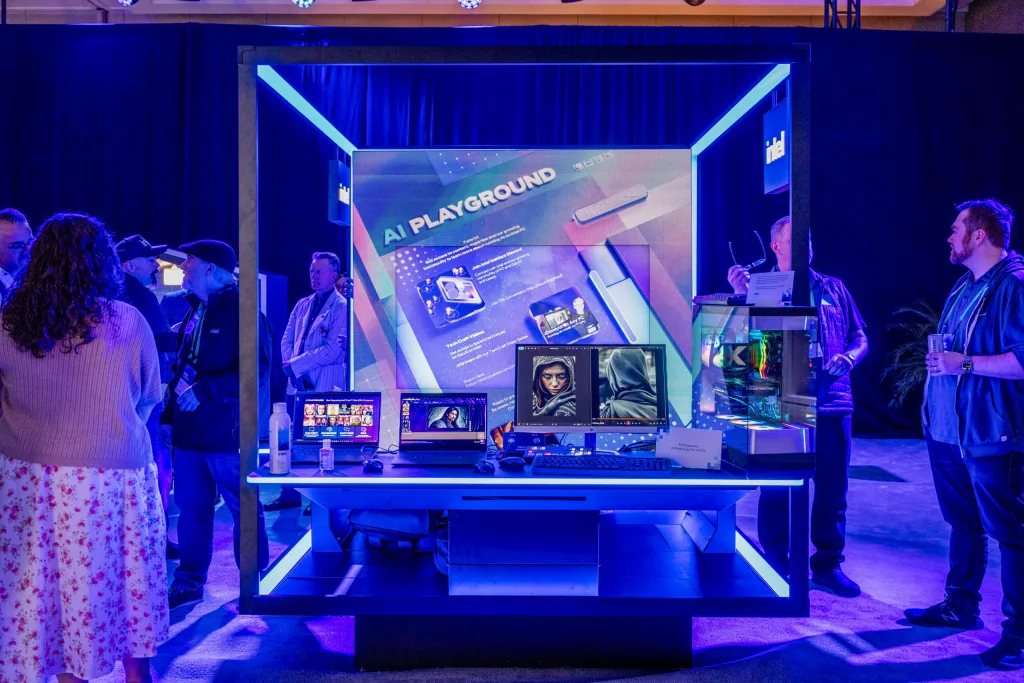
The Road Ahead: Challenges and Opportunities
While Tan’s vision for Intel is ambitious, he didn’t shy away from acknowledging the challenges that lie ahead. The semiconductor industry is fiercely competitive, with rivals like TSMC and Samsung making significant strides in manufacturing technology.
However, Tan sees these challenges as opportunities for Intel to innovate and differentiate itself:
- Leveraging Intel’s unique position as both a chip designer and manufacturer to create tightly integrated solutions
- Focusing on emerging markets like AI, edge computing, and quantum technologies where Intel’s expertise can shine
- Building a more agile and responsive organization that can quickly adapt to changing market conditions
“We’re not just aiming to catch up,” Tan asserted. “Our goal is to leapfrog the competition and set new standards for the entire industry.”
A New Chapter for Intel
As Lip-Bu Tan concluded his keynote, the energy in the room was palpable. Partners and customers alike sensed that they had witnessed the beginning of a new chapter in Intel’s storied history.
“Intel is forging a path that’s engineer-led and fueled by collaboration, humility, and a relentless customer focus,” Tan summarized. “We’re cultivating a culture of unity and achievement, driven not by saying, but by doing.”
The true measure of this new era, as Tan reminded the audience, will be the impact of Intel’s actions and how the company translates this vision into real-world success. With a clear strategy focused on customer needs, engineering excellence, and collaborative partnerships, Intel seems poised to reclaim its position as a driving force in the tech industry.
As the applause faded and attendees filed out of the conference hall, conversations buzzed with excitement about the possibilities ahead. Intel Vision 2025 may well be remembered as the moment when a tech giant rediscovered its roots and charted a bold new course for the future.
For more information on Intel Vision 2025 and CEO Lip-Bu Tan’s keynote, visit the official Intel Newsroom or explore the comprehensive Intel Vision 2025 Press Kit.

